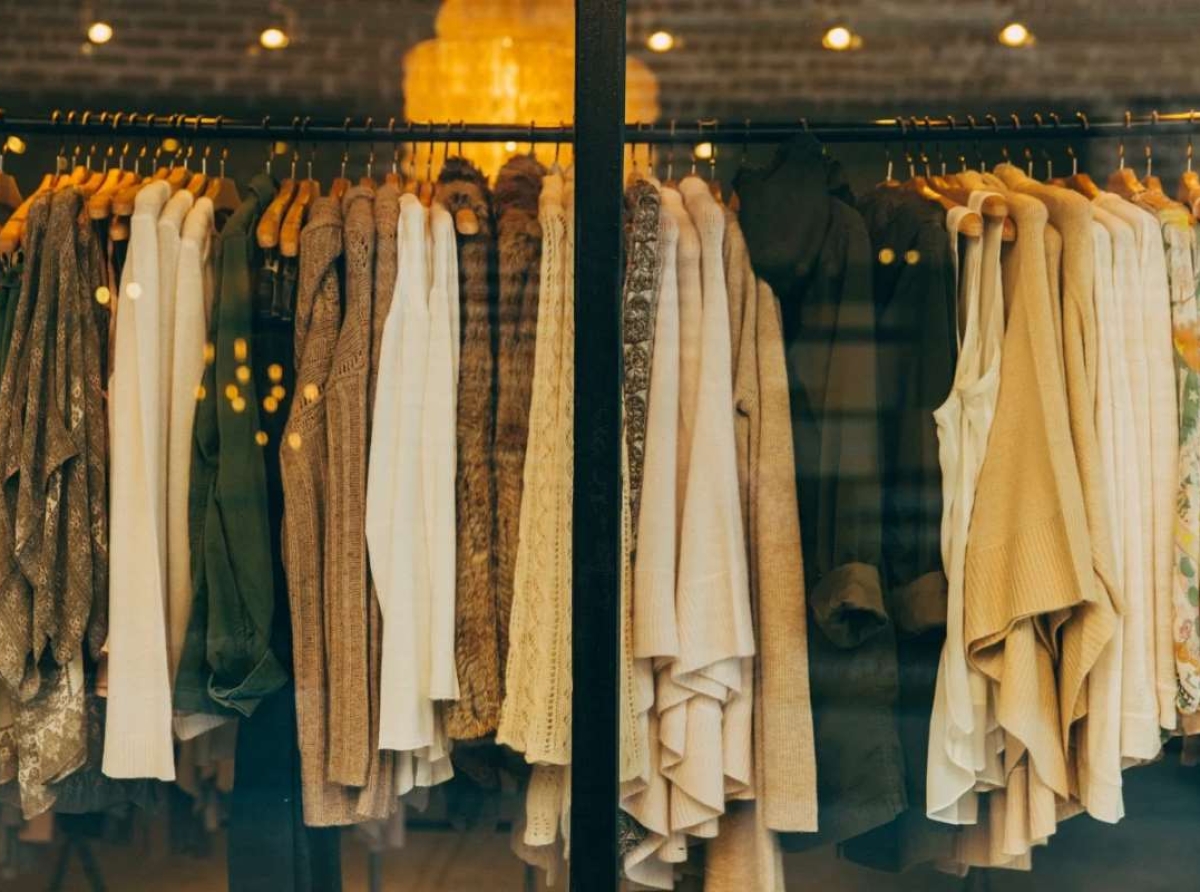Clothing sales remain flat despite the festive season

16 November 2023, Mumbai
Muted Apparel Demand During Festive Season
Festive-season sales slump for the Indian clothing industry, unlike other sectors. Factors include:
What's What: Inflationary trends and Challenges in Macroeconomics worrying consumers, softening discretionary spending
Changing consumer spending habits are leading people to spend more on other categories, such as electronics and travel.
The industry's competitive and fragmented nature makes it difficult for companies to differentiate themselves and stand out.
Some consumers may be less inclined to keep up with the latest fashion trends, which are constantly changing.
The sluggish clothing sales are having a ripple effect throughout the textile industry, with cotton farmers, ginners, and spinning mills facing challenges due to the reduced demand.
To address these challenges, the apparel and garment industry could consider the following recommendations:
Focus on value-for-money products: Consumers are more likely to spend money on clothes if they feel they are getting a good deal. Companies can offer high-quality, durable, and affordable products to meet this need.
Adapt to sustainable practices: consumers are increasingly becoming more socially and environmentally conscious. Companies can adopt sustainable practices, such as using recycled materials and ethical manufacturing practices, to appeal to these consumers.
Invest in digital marketing: The internet is where many consumers are now spending their time and money. Companies can invest in digital marketing to reach these consumers where they are.
Differentiability: Companies can differentiate themselves by offering unique products or services or by building a strong brand identity. This will help them stand out from the crowd and attract more customers.
Other potential explanations for the decline in clothing sales include increased consumer awareness of their spending habits and the rise of e-commerce.
Recos: However, the suggestions above should help the clothing and garment industry overcome its current challenges and continue to grow in the future.
5 key insights :
-
Economic concerns dampening apparel demand: Inflation and macroeconomic challenges affect discretionary spending.
-
Shifting consumer preferences: Consumers prioritizing electronics and travel over apparel.
-
Intense competition and lack of differentiation: Challenging market landscape for apparel companies.
-
Waning interest in fashion trends: Consumers less inclined to keep up with fleeting styles.
-
Ripple effect on textile industry: Slowdown in apparel sales impacting cotton farmers, ginners, and spinning mills.
























